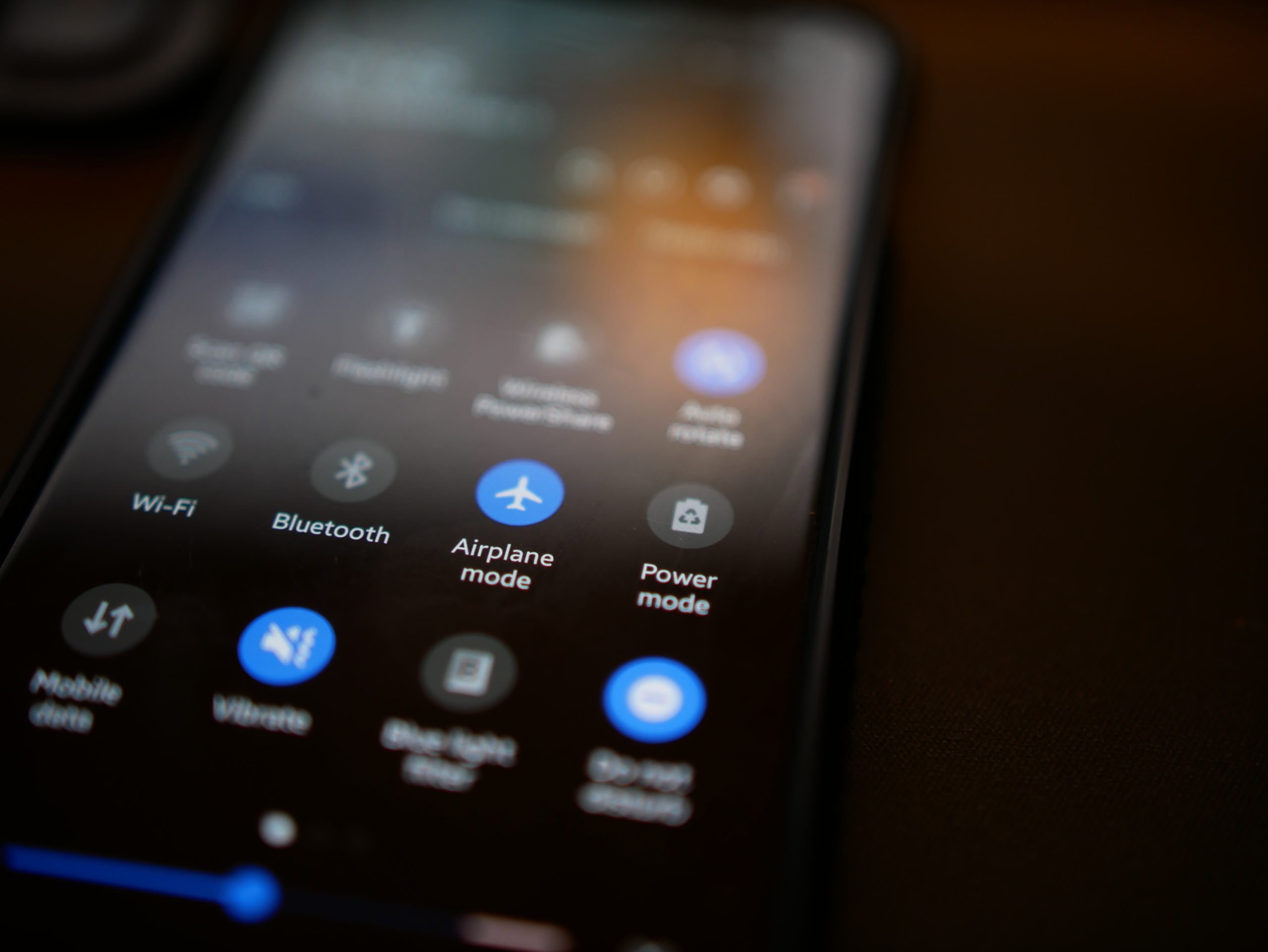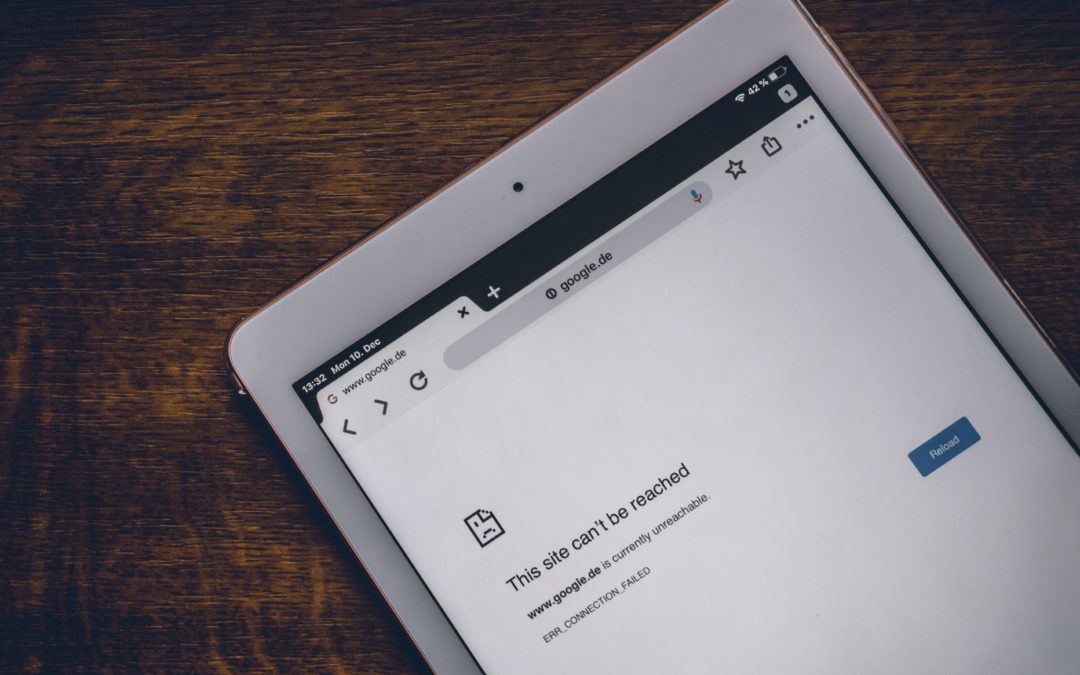Do you use an app or prefer a mobile classroom?
Using a mobile app for offline learning can indeed be convenient, but setting up a mobile classroom with a secure network can offer several benefits that go beyond what an app can provide.
1. Enhanced learning experience: A mobile classroom provides a learning environment that resembles a traditional classroom, where students can collaborate and learn from each other. This promotes the social aspect of learning, which is often lacking when using individual mobile apps.
2. Increased security and privacy: In a secure network, data is stored and transmitted locally, reducing the risk of data breaches. This is especially important if the learning content involves sensitive information. Additionally, the learning progress can be encrypted and securely transported to the Learning Record Store (LRS) or Learning Management System (LMS) at the headquarters, ensuring the security and privacy of the data.
3. Greater control and flexibility: A mobile classroom with a secure network offers more control over the learning content and tools used. This allows for customization of the learning experience to meet the specific needs of the learners. Moreover, learning content and tools can be easily updated or modified, which may not be as straightforward when using mobile apps.
4. Scalability: Mobile classrooms are scalable and can easily adapt to the number of learners. In contrast, mobile apps may have limitations in terms of the number of users they can support simultaneously.
While setting up a mobile classroom with a secure network may initially require a larger investment, the long-term benefits can be significant, both in terms of the quality of education and the security and privacy of the data.
Solutions for synchronizing learning progress
There are several solutions for synchronizing learning progress. One solution is to locally store data, which can be uploaded later when internet access is available. Another method is to use a local server that tracks learners’ progress and later synchronizes it with the main server. Offline synchronization tools exist that automate this process, as well as xAPI data packages that collect data about learners’ experiences regardless of where the learning takes place.

Practical examples of offline e-learning
There are numerous practical examples of organizations implementing offline e-learning. Companies with employees in remote locations use this method to ensure consistent training. Government agencies in areas with limited internet access have implemented offline e-learning to educate their personnel. Schools and universities with limited resources can also employ this method to make learning more accessible. Future Learning offers the capability to provide offline learning through apps for an LMS (such as ILIAS or Moodle) or to set up a mobile classroom with an LMS and potentially an LRS. Learning progress is securely and encryptedly transferred to the main headquarters after the training.
Conclusion
While offline e-learning presents certain challenges, it also offers significant benefits, especially for those in remote areas or with limited internet access. Organizations considering offering offline e-learning should carefully consider the methods they will use to ensure the safeguarding of learning progress. While this approach may not be suitable for every organization, it can be a valuable addition to the learning and development programs of many organizations.
Read more about offline learning in our news article: Is offline e-learning worthwhile?


Recent Comments